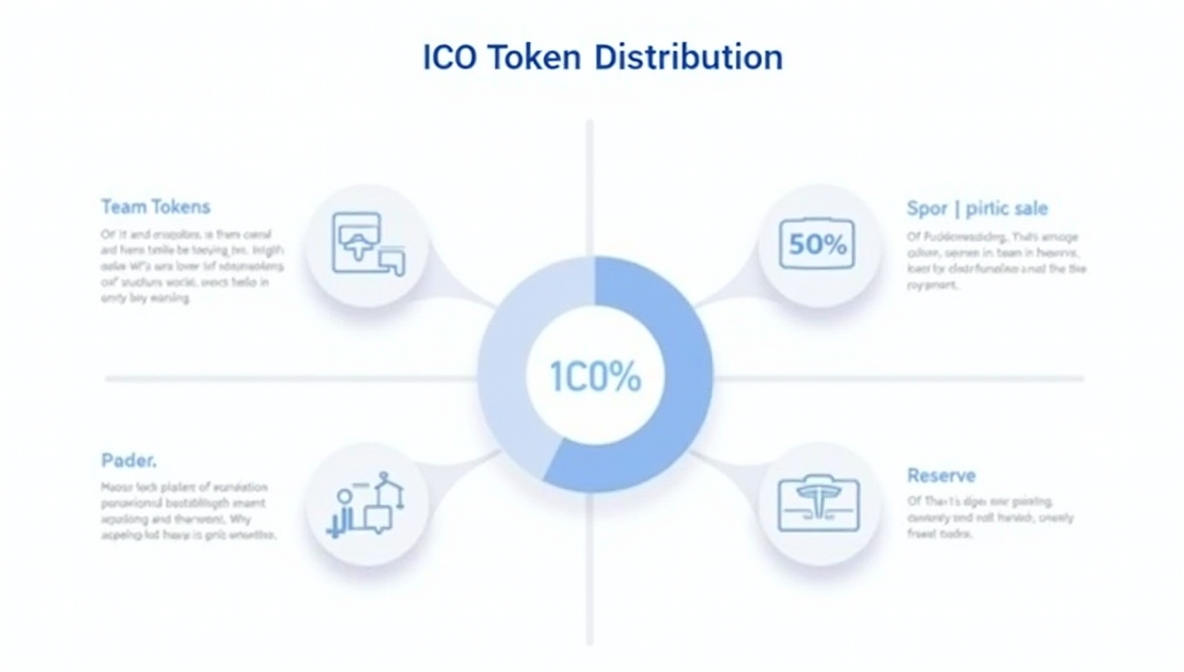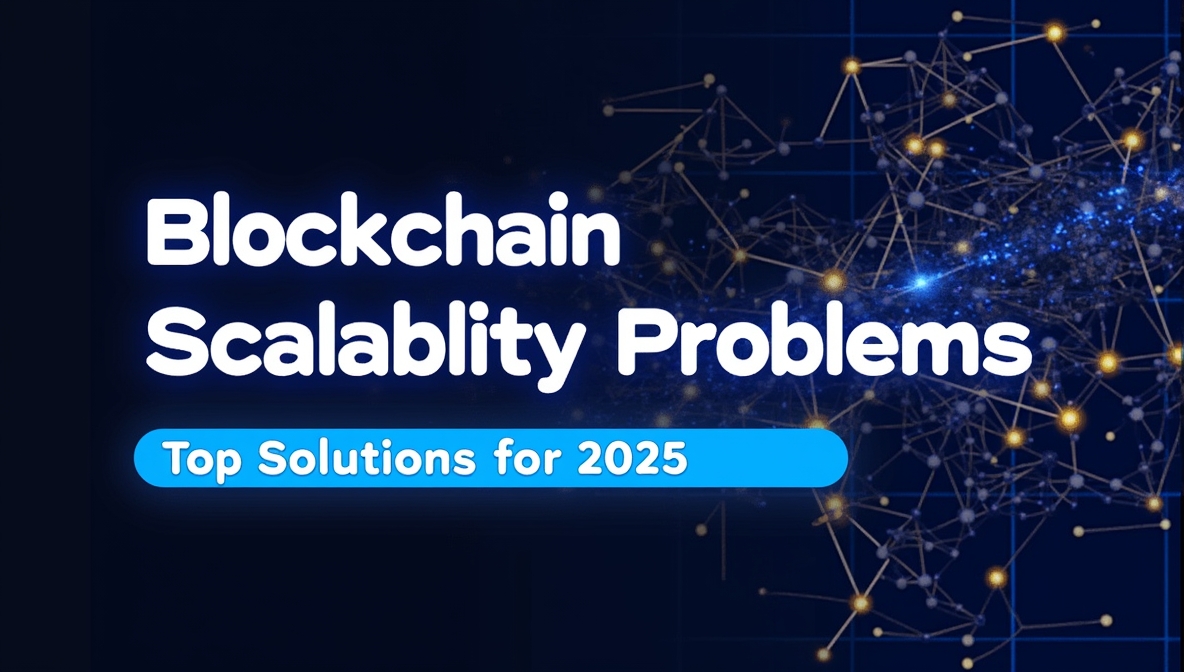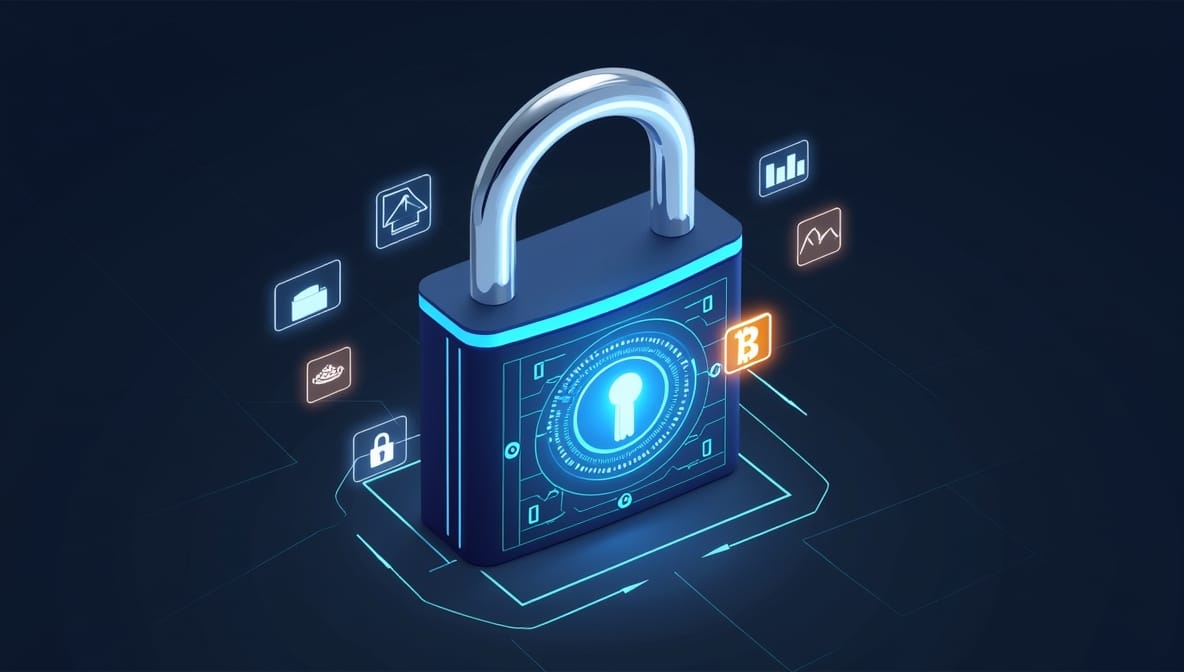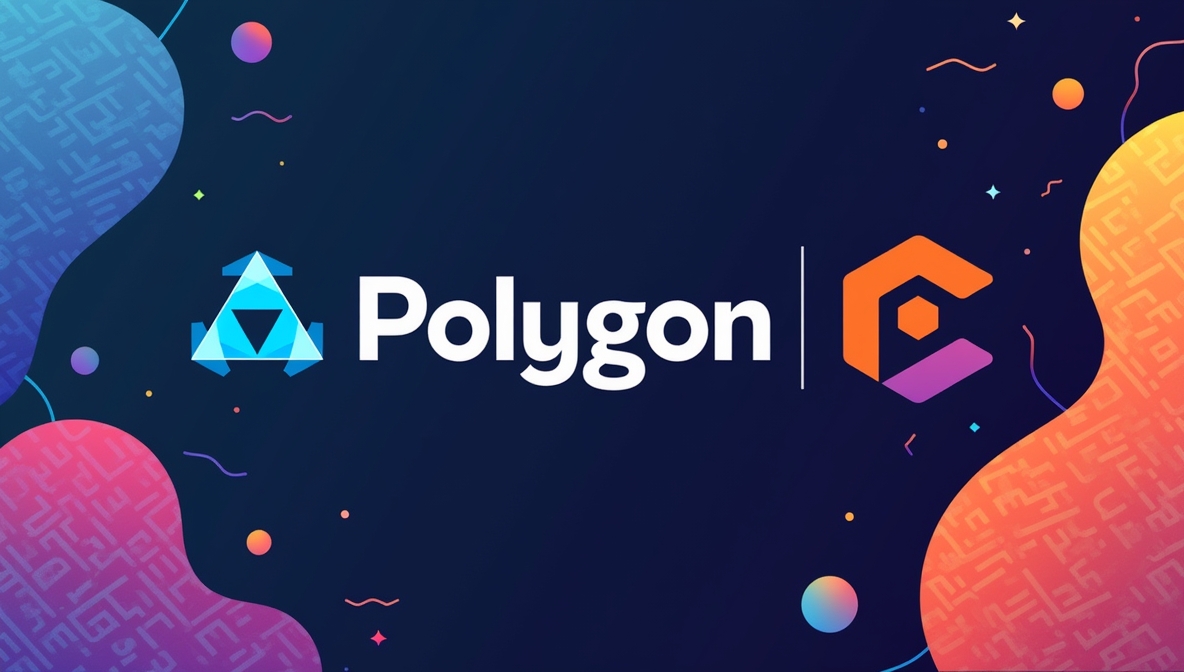When talking about cryptocurrencies and blockchain technology, a term that frequently emerges with great significance is “Tokenomics.” Tokenomics blends “token” and “economics,” referring to the economic models associated with cryptocurrencies. It encompasses how tokens are structured, issued, used, and managed within a blockchain ecosystem, influencing both their functionality and perceived value. In particular, utility tokenomics plays a crucial role in this economic framework, helping identify the best investment opportunities using cutting-edge technology, even without physical presence a service spotlighted by innovations like Token Nova.
Understanding Utility Tokenomics
Utility tokenomics specifically focuses on the economic model surrounding utility tokens (link to utility tokens blog). Unlike other tokens that may represent an equity stake, utility tokens are designed to provide access to specific products or services within a blockchain ecosystem. They serve as the lifeblood of decentralized applications (DApps), offering a medium for users to engage with digital services and features. For instance, platforms like Token Nova help businesses in tokenizing their operations, unlocking new opportunities in diverse industries such as real estate, education, and logistics.
To better understand, let’s explore real-world examples like Ethereum’s Ether, used to pay for transaction fees and services on its network, and Binance Coin (BNB), which allows for reduced trading fees on the Binance Exchange. Similarly, in real estate, tokenization can fractionalize properties, enhancing transparency and attracting investors with lower budgets by allowing them to invest fractionally in dream locations through platforms like DIFC and ADGM.
Key Statistics on Utility Tokenomics: Distinct Crypto Tokens
As of June 2024, there are over 2.52 million distinct crypto tokens in existence, which highlights the vast and diverse nature of the cryptocurrency market. This figure includes tokens that are currently not in circulation.
In the rapidly expanding world of cryptocurrencies, utility tokens represent a significant portion of the market. With over 2.52 million distinct crypto tokens, the landscape is highly varied and continuously evolving. This diversity is indicative of the many unique utility functions these tokens serve within different ecosystems. Utility tokens, unlike purely speculative coins, are designed to fulfill specific roles such as granting access to services or enacting governance in decentralized networks. This expanding number also reflects the increasing adoption of blockchain technology across various industries, driving innovation and creating new applications for utility tokens in real-world scenarios.
This data can be integrated into your article to emphasize the extent and significance of utility tokenomics in the current market climate. For further details, you can explore the source of the data here.
The Concept of Utility Tokens
Utility tokens are not just financial instruments; they serve as gateways. These tokens allow users to interact directly with blockchain services, from participating in governance to accessing exclusive services. As Token Nova illustrates, utility tokens can also transform industries by enabling fractional ownership and creating transparent, secure transaction records on the blockchain.
The bond between utility tokens and their tokenomics is intrinsic. Utility tokenomics shapes how these tokens are distributed and utilized, ensuring they fulfill their intended purposes within a blockchain setup.
Key Aspects of Utility Tokenomics
A well-structured token supply and distribution strategy is crucial to maintaining token value, incentivizing user engagement, and fostering sustainable growth in the ecosystem.
Supply and Distribution: A Closer Look
In the cryptocurrency realm, token distribution often begins with Initial Coin Offerings (ICOs), akin to stock market IPOs. However, unlike stocks, utility tokens offer access rather than ownership. Strategic distribution prevents inflationary pressures, akin to a coffee shop carefully balancing supply to meet demand without flooding the market. Through platforms like Token Nova, businesses can explore smart ways to issue and manage tokens, benefiting from robust regulatory environments such as those offered by DIFC and ADGM.

Read More: Why Tokenization in Security Might Be the Answer to Your Worries
Token Utility: The Heartbeat of Ecosystems
Utility tokens gain their intrinsic value from their specific functionalities within their ecosystems. They empower users to unlock core platform features or access exclusive services, such as enhanced credentials in the education sector, or streamline logistics processes with automated, visible supply chain solutions. For instance, in education, tokenization enables the issuance of tamper-proof digital credentials, securing student data, and offering new fundraising methods.
Vesting and Token Release
A well-thought-out vesting schedule is crucial for maintaining market stability. By gradually releasing tokens, projects ensure sustained interest and reduce risks of sudden market fluctuations. Just as Token Nova offers solutions to streamline tokenization processes, similar strategic release mechanisms help maintain user engagement and project longevity.
Utility Tokenomics: Ecosystem Impact
Utility tokenomics breathes life into ecosystems. By fueling decentralization, these tokens empower community-driven governance models and incentivize engagement and growth. Token Nova’s holistic approach to tokenization anchors it as a key player in these transformative processes, offering seamless integration into global markets, spanning real estate, energy, and even entertainment.
Overcoming Challenges in Utility Tokenomics
Regulatory uncertainties and market volatility are significant challenges. Platforms like Token Nova provide comprehensive services to navigate these issues across jurisdictions and ensure tailored tokenization strategies for unique business environments like those in KIZAD or SHAMS. Enhanced security features of blockchain technology bolster tokenization efforts, providing robust protection against fraud and leveraging resilient security infrastructures to protect digital assets.
Solutions and Strategies
Addressing regulatory challenges requires clear communication with regulators and adopting transparent business models. Aligning with experienced tokenization services like Token Nova can ensure compliance and innovation remain aligned, fostering improved liquidity and reduced volatility risks through smart regulatory frameworks and integrated platforms.
Let’s dive deeper into the vital components of utility tokenomics and the broader implications they have on the crypto space. By exploring real-world applications, addressing the challenges more thoroughly, and introducing potential solutions, you can better grasp how this fascinating world operates. Here, we expand our original discussion with substantial detail.
Expanding on Utility Tokenomics: Key Elements and Dynamics
A well-planned token distribution model can drive adoption by ensuring that tokens are allocated to key stakeholders who actively contribute to the network’s growth and utility.
Supply and Distribution: A Closer Look
In the realm of cryptocurrency, how tokens are distributed plays a pivotal role in their eventual success and integration within the economy. Token distribution often begins with Initial Coin Offerings (ICOs), a fundraising mechanism similar to stock market Initial Public Offerings (IPOs). However, unlike stocks, utility tokens don’t represent ownership but rather offer access or services.
Maximal and Circulating Supply
Maximal and circulating supply are critical components of a token’s design. The maximum supply limits the total number of tokens ever created, which can impact scarcity and value. Conversely, the circulating supply refers to the number of tokens that are currently available and trading in the market, influencing liquidity and price stability.
Strategic Release: Preventing Inflation
To ensure that the token retains its value over time, developers employ strategic release schedules. These schedules are crucial to prevent inflationary pressure, which can devalue the digital asset. Imagine running a coffee shop where you must balance supply to meet demand without flooding the market too many loyalty tokens and the value diminishes.
Read More: Full Company Establishment Guide & AI Advancements in DMCC

Delving into Token Utility: The Heartbeat of Ecosystems
What truly sets utility tokens apart is their intrinsic utility. Unlike mere speculative instruments, these tokens must provide functional value within their ecosystems. They may empower users to vote on protocol upgrades, grant access to exclusive services, or even represent digital assets in various forms.
Real-World Applications and Examples
1. Binance Coin (BNB)
Purpose and Use: To explain this, at the time of writing, the Binance Coin is mostly utilizable only within the Binance environment. At first, it offered rebates to users to reduce trading fees. Originally, it was designed to act as the base of operations for launching new tokens at the exchange but its capabilities grew over time and it can not only participate in token sales on Binance Launchpad or book travels; it can even donate to a cause.
Impact: Finally, as Binance became one of the largest cryptocurrency exchanges, so did the usage and adoption of BNB as the utility token that creates interest and economic activity within the specific Binance ecosystem.
2. Filecoin (FIL)
Purpose and Use: Filecoin is integrated into the Filecoin network as a file-sharing blockchain storage solution. FIL is an internal currency accepted by users in exchange for the storing and retrieving of data over the network, while miners get their rewards in FIL tokens for providing sources of storage.
Impact: In this way, with the help of Filecoin’s utility token, a reliable and profitable decentralized storage service has been created, which offers a real competitor to regular cloud platforms.
3. Civic (CVC)
Purpose and Use: Civic is a solution that allows users to control their identities using the applications installed on their smartphones. The CVC token, which is necessary for identity-related transactions, makes both the requester and the verifier responsible for fast and accurate verified deals.
Impact: In terms of use cases, it is possible to point out that, by addressing the questions related to identity management, Cic is an actualization of an example of how the utility token can benefit in safeguarding personal data and contributing to the minimization of the identity theft occurrence.
4. Basic Attention Token (BAT)
Purpose and Use: Advertisements promoted within the Brave browser environment are paid out in BAT tokens to the viewers. Users are compensated with BAT tokens part of what the advertiser pays for their attention.
Impact: Counter to most national and local advertising techniques, BAT puts the ownership as well as remunerative power back into the consumers’ hands to promote a more equitable system for buyers and sellers.
These examples demonstrate how utility tokens can drive innovation in diverse areas, from finance and identity management to decentralized storage and advertising. Tokenova, with its expertise, can assist projects in harnessing the potential of utility tokens, ensuring legal compliance, enhancing market presence, and addressing liquidity challenges effectively.
Read More: Exploring Tokenization in Blockchain: A New Era of Assets
Governance and Community Involvement
Utility tokens can also foster community involvement. By allowing holders to participate in voting and decision-making processes, they empower a decentralized form of governance. This involvement can significantly influence the direction of a project, making it a genuinely community-driven initiative.
Challenges and Solutions in Utility Tokenomics
As regulatory bodies continue to refine their approach to utility tokens, staying adaptable and proactive in legal compliance becomes crucial for long-term success.
Regulatory Issues: A Multifaceted Challenge
Navigating the regulatory landscape is perhaps one of the most daunting challenges for utility tokens. Different jurisdictions impose varying regulations, creating complexities for token issuers. Compliance involves understanding local laws to ensure that tokens aren’t classified as securities, which would entail more rigorous legal requirements.
Overcoming Regulatory Hurdles
Achieving compliance requires clear communication with regulators and adopting transparent business models. Establishing collaborations with legal experts can help navigate these intricate issues, ensuring that utility tokens meet all necessary regulatory standards while avoiding legal pitfalls.
Market Volatility and Liquidity Risks
Market sentiment can often be volatile, subject to the whims of investor emotions and external economic factors. This volatility can lead to liquidity issues, where tokens lack sufficient market presence for easy buying or selling, stifling their utility and growth potential.
Enhancing Liquidity
To address these concerns, projects can focus on building strong community trust and partnership networks, expanding their exchange listings, and implementing mechanisms such as liquidity pools. These strategies help maintain a stable and active market presence, allowing tokens to fulfill their intended roles effectively.
How Tokenova Can Help With Utility Tokens:
Tokenova provides tailored advisory services to help projects understand and comply with applicable regulations. By leveraging its network of legal experts and industry insiders, Tokenova assists in developing compliant token structures. They ensure ongoing dialogue with regulatory bodies to stay ahead of changes, reducing legal risks for their clients.
Market Volatility and Liquidity Risks
Market sentiment can be volatile, swayed by investor emotions and external economic factors. This volatility can lead to liquidity issues, where tokens lack sufficient market presence for easy buying or selling, stifling their utility and growth potential.
Enhancing Liquidity
To address these concerns, projects can focus on building strong community trust, expanding exchange listings, and implementing mechanisms like liquidity pools. These strategies help maintain a stable and active market presence, allowing tokens to fulfill their intended roles effectively.
Tokenova Can Contribute:
Tokenova employs advanced market analysis tools and strategies to improve token liquidity and stability. They facilitate partnerships with multiple exchanges and liquidity providers, ensuring a wide market presence for tokens. Additionally, Tokenova helps projects implement smart contract-based liquidity pools, creating a buffer against market fluctuations and enhancing overall token utility.
In general, while utility tokenization faces significant challenges, strategic partnerships and expert guidance from entities like Tokenova can pave the way for successful and compliant token operations. By addressing regulatory and liquidity issues head-on, Tokenova empowers projects to navigate the complexities of the digital asset landscape with confidence.

The Future of Utility Tokenomics
As we look to the future, utility tokenomics promises to become even more integrated into diverse sectors, from decentralized finance (DeFi) to global supply chains. The potential for innovation in areas like energy distribution and healthcare could lead to unprecedented levels of efficiency and accessibility. The tokens of tomorrow may not only provide access but could become integral to how industries operate at their core.
Adopting New Technologies
With the emergence of technologies like layer-two scaling solutions and interoperable blockchain networks, utility tokens can overcome current limitations, providing faster transaction processing and wider platform compatibility.
Conclusion
Utility tokenomics encapsulates more than just an economic model; it embodies a philosophy of democratization and innovation. As projects continue to evolve, embracing new technologies and overcoming challenges, the full potential of utility tokens will unfold, offering new horizons in digital engagement and economic empowerment.
Can utility tokens lose their value?
Utility tokens might fluctuate in value due to market dynamics, but their intrinsic value lies in the access and functionality they provide within their ecosystems.
How do utility tokens differ from cryptocurrencies like Bitcoin?
Unlike Bitcoin, which primarily serves as a digital currency, utility tokens are designed to enable specific functionalities within a blockchain platform.
Are utility tokens a good investment?
While they offer unique access and functionalities, their investment potential depends on the underlying project’s success and adoption.
What determines the price of utility tokens?
The price of utility tokens is influenced by supply and demand dynamics, project utility, token circulation, and market sentiment.
How can I earn utility tokens?
Utility tokens can be earned through participation in ecosystem activities, such as staking, or purchased through exchanges.












